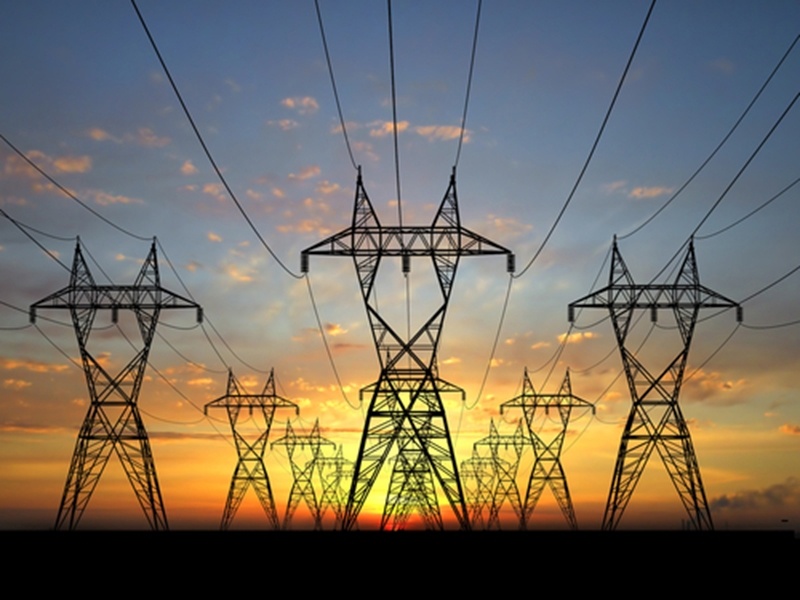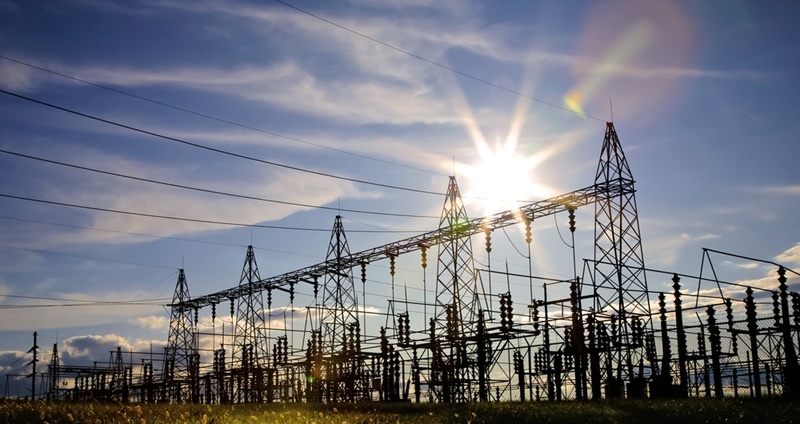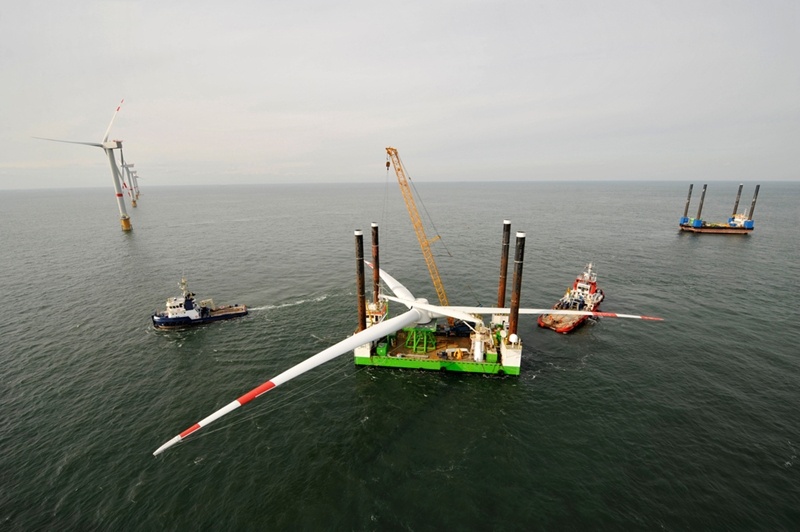Report shows increasing but uneven smart meter penetration, demand response programs
The Federal Energy Regulatory Commission staff recently released its "2014 Assessment of Demand Response and Advanced Metering" report which outlines the successes and obstacles facing these two technologies as they become an integral part of the electrical infrastructure in the United States.
The report found that while both smart meter penetration and demand response programs are growing on the national level, progress on both fronts has been uneven, with some regions posting bigger gains than others.
Smart meters proliferated in some regions, less so in others
According to the FERC report, the number of installed smart meters rose dramatically over the last five years. In 2007, less than five percent of all meters installed in the U.S. were smart. By July 2013, there were about 45.8 advanced meters online throughout the country out of a total of 145 million meters overall.
"By July 2013, there were about 45.8 advanced meters online throughout the country out of a total of 145 million meters overall."
While the tally grew for the number of advanced meters nationwide, penetration rates varied greatly throughout the various regions of the U.S. According to RTO Insider, the Texas Regional Entity is currently leading the way, with a penetration rate of 70 percent. Rounding out the rest is the Western Electric Coordinating Council at 51 percent penetration, ReliabilityFirst, which encompasses portions of PJM and MISO, at 17 percent, and the Northeast Power Coordinating Council at 12 percent.
The FERC report also explained that several states, such as Illinois, Maryland, Massachusetts and several others have their own grid modernization programs that include residential and commercial smart meter installation as a key component of the initiatives. Going forward, these investments will help the adoption of this technology become more widespread.
While advanced meters are becoming more common thanks to public and private investments, the FERC report noted that their benefits have not yet become fully apparent. One of the major areas of study will be in the realm of consumer behavior: How are consumers using the information available to them through their smart meters? As of now, there is insufficient evidence that home and business owners are using the dynamic-pricing data to change their behavior during peak demand times.
 Smart meter penetration and DR programs saw nationwide growth, though some regions performed better than others.
Smart meter penetration and DR programs saw nationwide growth, though some regions performed better than others.Demand response resources grow unevenly, prove their effectiveness last year
The FERC report stated that potential peak reduction from demand response in the Regional Transmission Organizations, Independent System Operators and Electric Reliability Council of Texas markets rose from 2,451 MW to 28,503 MW, or 9.3 percent between 2012 to 2013. In addition, potential peak reduction in RTOs and ISOs grew to 6.1% of peak demand in 2013, from 5.6% in 2012.
National growth was stymied, however, due to a decline in demand response capacity in the northeastern region. Demand response resources in ISO-NE, however, declined by 669 MW, or 25 percent. The reason for this decline was likely due to EnerNOC's, a demand response and energy management solutions provider, insistence that customers feel the obstacles to participation in demand response programs outweigh the benefits.
Regardless, FERC reported that during last year's polar vortex, the electrical system operators were able to use the growing demand response capacity, particularly for emergency situations, to great effect.
"In the eastern United States, the extreme cold weather of January 6-8 and January 17-29 resulted in high demand, generation outages, and fuel disruptions that affected electric and
fuel markets. Eastern RTO/ISO system operators utilized demand response during these high load periods to balance the electric system and prevent reserve shortages," the FERC staff wrote in the report.
Share this
You May Also Like
These Related Stories

MISO can clean up its act, but it isn't out the woods yet, says report


